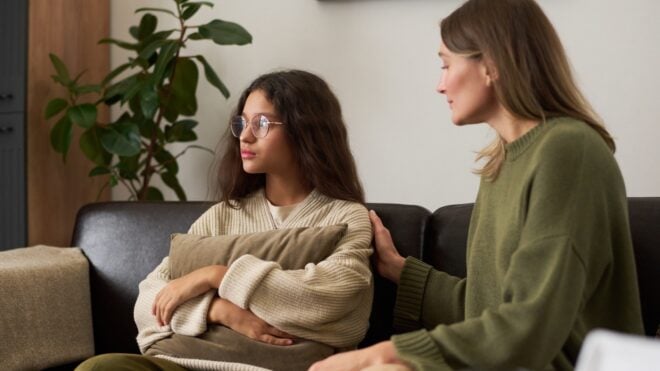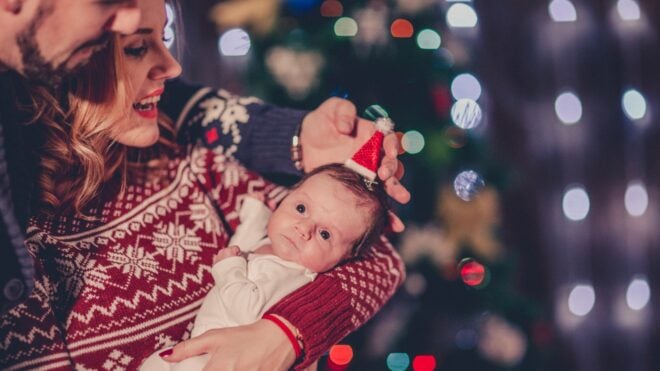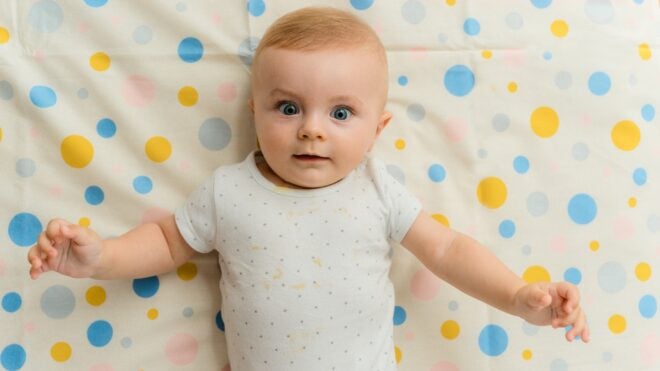Toy Crazy

Between what you buy for your kids and all the gifts they get, it's easy for the number of toys in your home to spiral. And, once that happens, it's even easier for that toy collection to succumb to disorganization. With the following toy storage tips, though, it will be much easier to keep a semblance of order in your nursery or playroom.
Rotate Toys

No matter how many toys your kids have, they really only need access to a few at any given time. Store the majority of toys out of sight—in the basement, the attic or a back corner of the closet—and every few months, bring out "new" items and put others back in storage. Not only does this make cleaning up much easier (fewer toys means less mess), it will keep playthings interesting for your kids, and help them avoid getting overwhelmed by a toy surplus.
Use Containers

Or, more specifically, use containers with labels. This one might sound obvious, but you can't underestimate its importance. Having a designated place for every toy, game and stuffed animal makes cleaning simple. And, with this type of organization, it's easy to enforce the rule of "put away one thing before playing with another."
Trade One For One

Create a rule: Whenever your kids get a new toy, they need to choose one that's already in their closet to donate. Not only is this an easy method for limiting excess, but it's also a great way to teach your children about charity and helping others from a young age.
Have a Limiting Container

Whether it's a set of drawers, a toy chest or a cabinet, have some sort of container that all your kids' toys must fit in. This ensures that you'll always be able to fully clean up without worrying about stuffing toys into a too-small space. For your kids, this means toys are fair game … as long as they fit in the limiting container. Once overflow starts, they need to make decisions about what to give away.
Cut Down on Duplicates

If you have especially limited space, keep just a few toys from each category: a couple dinos, a couple dolls, a couple sets of blocks, and so forth. This way, your kids still get variety, but your play area isn't overflowing with toys. It also will require your kids to use their imaginations to figure out how different sorts of toys can fit together for play.
Create Good Habits

This one should be obvious, but it's too important not to mention: Teach your kids to clean up after themselves! Not only will having their help reduce your clean-up headache, but it will also teach them good habits for later in life. Build cleanup time into playtime so that you're never rushing to put things away.
Keep Toys Contained

Open shelves aren't the greatest place to store toys … in fact, it's so easy to get playthings off open shelves that we don't even know if they really qualify as storage at all. When toys are "away," they should be out of sight. This also means that you can worry less about keeping toys perfectly organized within their container, since nobody can see what's inside.
Enable Easy Cleanup

When organizing your toy storage system, try to make toys difficult to get out and easy to put away. For instance, consider a classic bookshelf: With just one pull, tots can easily take down an entire shelf of books … but we doubt they're deft enough to put the books back how they were. A better solution might be a bin of books, which tots can easily toss books back into.
Keep Collectibles Out Of Reach

This goes for breakables as well. Anything particularly fragile or important belongs on a high-up shelf. When your kids want to play with the special toys, bring the items down carefully, watch your kids as they play, and make sure to put the toys back where they came from when playtime is over.




